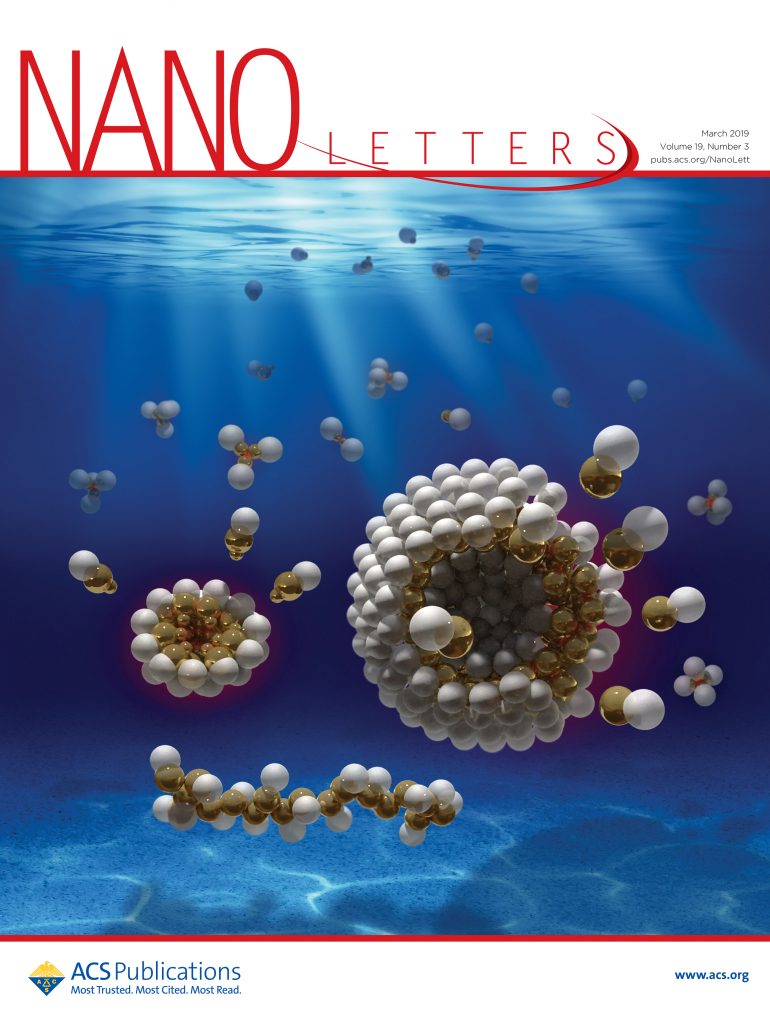Shan Jiang, assistant professor of material science and engineering, led a research group that created a novel Janus nanocrystal platform to control nanoparticle self-assembly.
Janus particles are fundamental new materials, and Jiang’s discovery opens opportunities in different areas including energy, drug delivery, disease diagnosis and therapy. The results appear on the cover of the March issue of Nano Letters.
Key to the team’s discoveries were a multidisciplinary approach and the powerful high-resolution scanning transmission electron microscopy available at U.S. Department of Energy’s Ames Laboratory’s Sensitive Instrument Facility.
The collaborative research effort is led by Jiang with Eric Cochran, professor of chemical and biological engineering, and Lin Zhou, scientist at Ames Laboratory. Fei Liu, a postdoctoral researcher in materials science and engineering, is the first author. Shailja Goyal and Michael Forrester, graduate students in chemical and biological engineering, contributed to the synthesis and Tao Ma, a postdoctoral researcher at Ames Laboratory contributed to the electron microscopy characterization. Undergraduates in materials science and engineering Yasmeen Mansoorieh and John Henjum also contributed to the work.
Jiang’s research team’s technique is inexpensive, scalable to commercial production. The group demonstrated their synthesis approach in the form of Au-Fe3O4 nanocrystals, particularly important materials because the particles are biocompatible and have enhanced magnetic and surface plasmon resonance properties.
“We had the right people and the right facilities to demonstrate for the first time that we can make these particles that show unique structures. The work was all completed here on the Iowa State University campus, and I’m very proud of that,” said Jiang.

